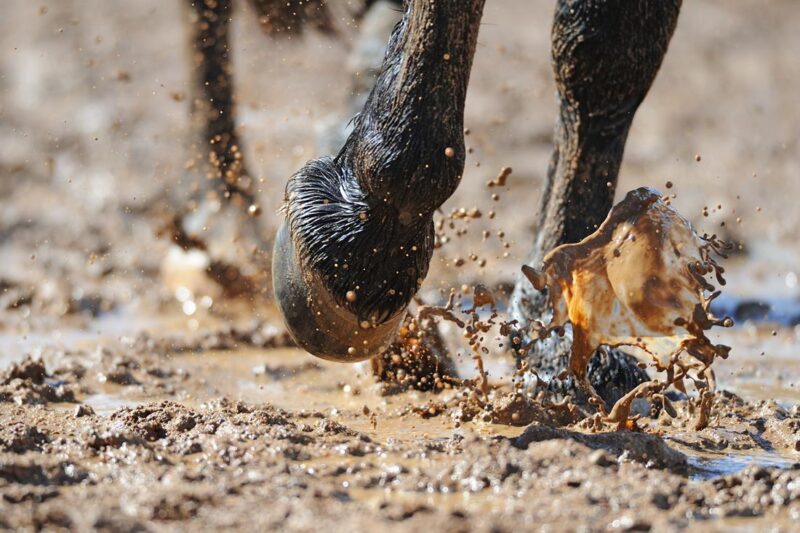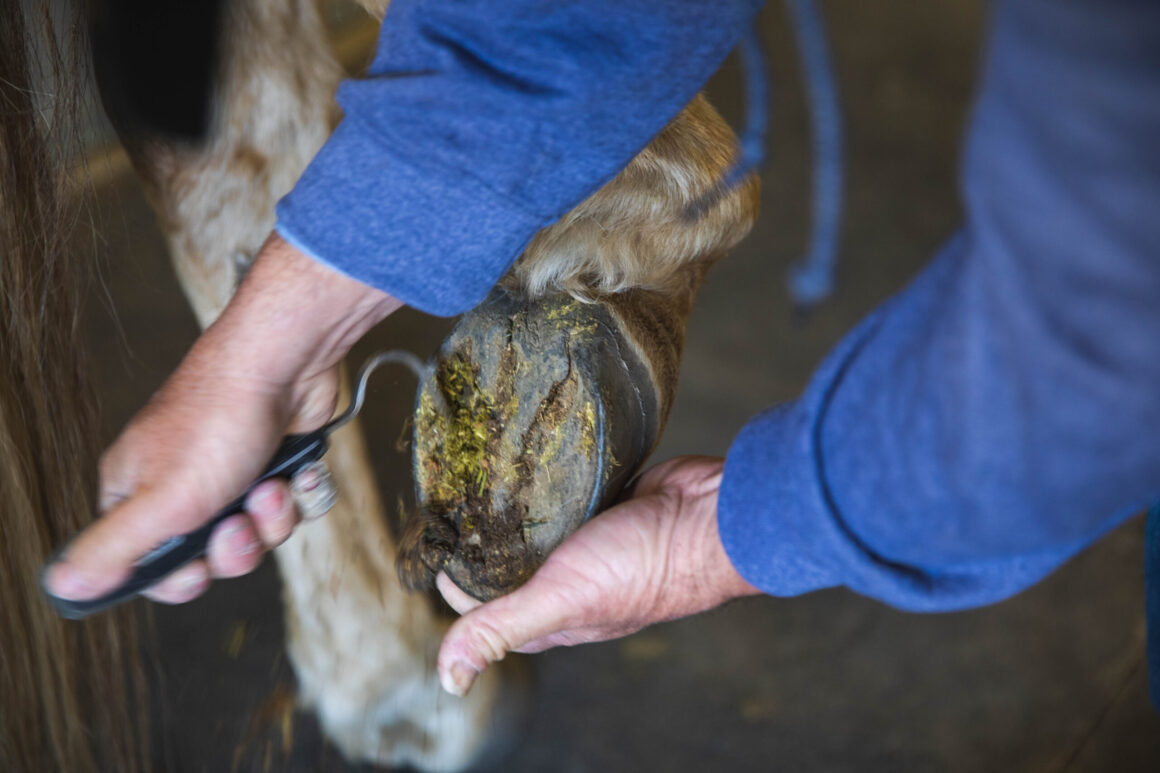As horse owners, it is important to pay close attention to our equine companions and detect any signs of discomfort or illness early on. One common issue that can affect horses is thrush, a bacterial infection that usually targets the hooves.
While some cases of thrush are easy to spot due to obvious symptoms such as foul smell or discharge, there are more subtle signs that may indicate your horse has hidden thrush. By being vigilant and observant, you can catch these subtle symptoms early and prevent the condition from worsening.
In this article, we will discuss three signs that may indicate your horse has hidden thrush, allowing you to take prompt action and keep your horse healthy and happy.
1. Unusual Lameness or Uneven Gait

If you notice your horse exhibiting unusual lameness or an uneven gait, it may be a sign of hidden thrush. Thrush can cause discomfort and pain in your horses hooves, leading to changes in their movement.
Pay attention to how your horse is walking or trotting, and look for any signs of limping or favoring one leg over another. In some cases, the lameness may be subtle and easy to miss, so its important to be vigilant in observing your horses behavior.
If you suspect thrush may be the cause of the lameness, its important to address it promptly to prevent further discomfort and hoof damage.
2. Foul Odor from Hoof

A foul odor emanating from your horses hoof can be a sign of a serious health issue, such as thrush. Thrush is a common bacterial infection that affects the hoof, causing a foul-smelling discharge and black, necrotic tissue.
If you notice an unpleasant smell coming from your horses hoof, along with any other symptoms such as lameness or sensitivity to hoof picking, it is important to consult with your veterinarian as soon as possible. Early detection and treatment of thrush are essential to prevent further damage to the hoof and ensure your horses overall health and well-being.
3. Dark or Discolored Areas on Sole or Frog

Dark or discolored areas on the sole or frog of your horses hooves can be a subtle yet significant sign of hidden thrush. These areas may appear as black or grey patches, indicating the presence of fungus that thrives in moist, bacteria-rich environments like the underside of the hoof.
If left untreated, thrush can lead to discomfort and lameness for your horse, making it essential to address any dark or discolored spots promptly. Regular hoof cleaning and maintenance can help prevent thrush from taking hold, but if you notice any concerning changes in the color or texture of your horses hooves, its important to consult with your veterinarian for proper diagnosis and treatment.
Conclusion
In conclusion, it is important for horse owners to be vigilant in observing subtle signs that may indicate their horse has thrush. By being proactive in checking for symptoms such as foul odor, sensitivity to touch, and black discharge, owners can catch the infection early and prevent further complications.
Regular hoof care and cleanliness are essential in preventing thrush, so be sure to incorporate a proper Thrush Prevention routine into your horses grooming and maintenance regimen. Remember, early detection and treatment are key in maintaining your horses overall health and well-being.


